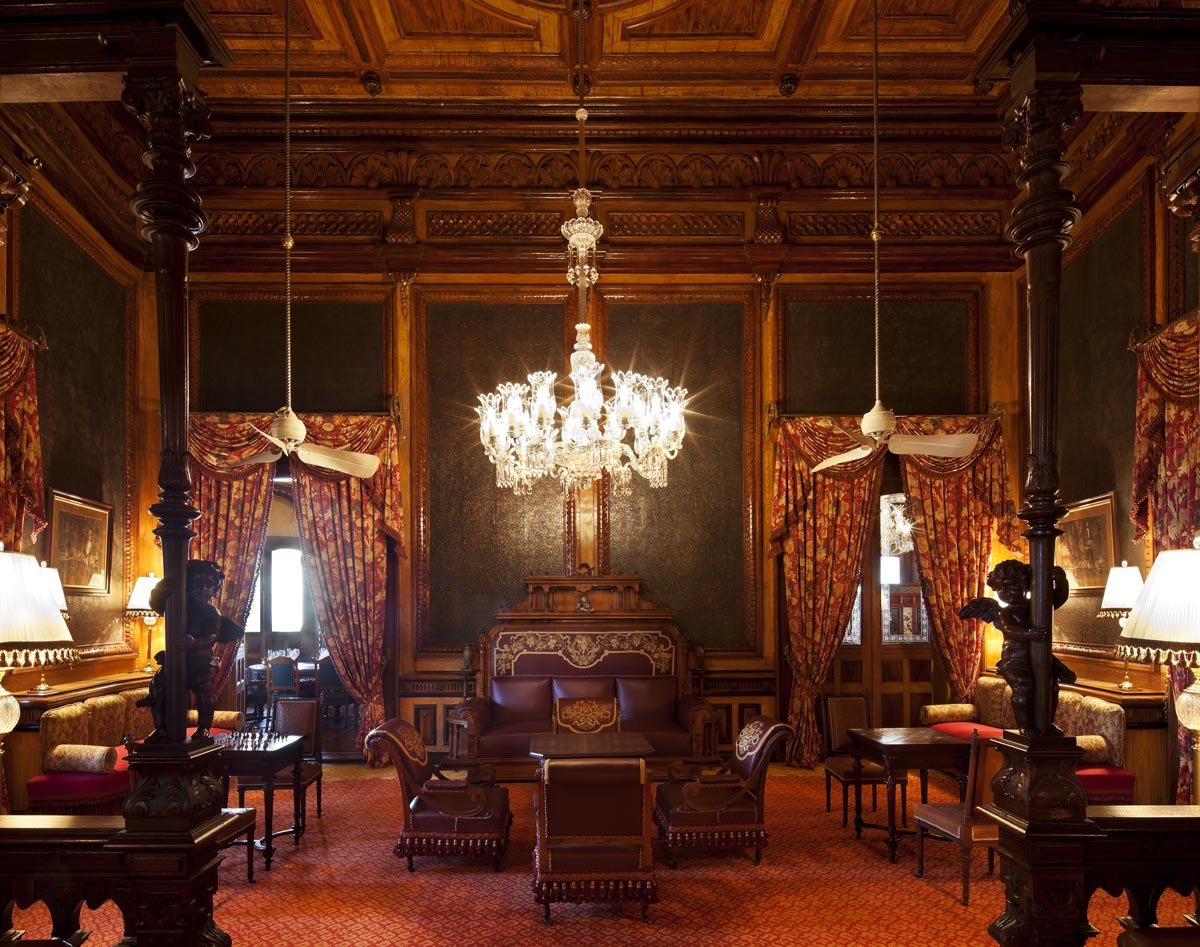From an economist’s perspective, the Falaknuma Palace has had a significant and lasting impact on the local and regional economy. The restoration and preservation efforts undertaken by the Taj Group, which now manages the palace, have not only revived the cultural and historical significance of this landmark but have also contributed to the economic growth of the region.
One of the primary ways in which the Falaknuma Palace has impacted the economy is through its contribution to the tourism industry. As a renowned heritage site and a symbol of Hyderabad’s rich history, the palace has attracted a steady influx of visitors from both domestic and international markets. This has, in turn, generated a substantial amount of revenue for the local hospitality industry, including hotels, restaurants, and other tourism-related businesses.
The economic benefits of the Falaknuma Palace extend beyond the tourism sector. The palace’s restoration and ongoing maintenance have created numerous employment opportunities for the local community, ranging from skilled craftsmen and artisans to service staff and tour guides. This has not only provided a source of income for the local population but has also helped to stimulate the local economy by increasing disposable incomes and creating a ripple effect across various industries.
Moreover, the Falaknuma Palace’s cultural significance has also played a crucial role in promoting the region’s heritage and attracting investment. The palace’s status as a UNESCO World Heritage Site has helped to raise the profile of Hyderabad on the global stage, making it a more attractive destination for both domestic and international investors. This, in turn, has led to the development of supporting infrastructure, such as improved transportation networks and the expansion of other tourism-related businesses, further contributing to the economic growth of the region.

